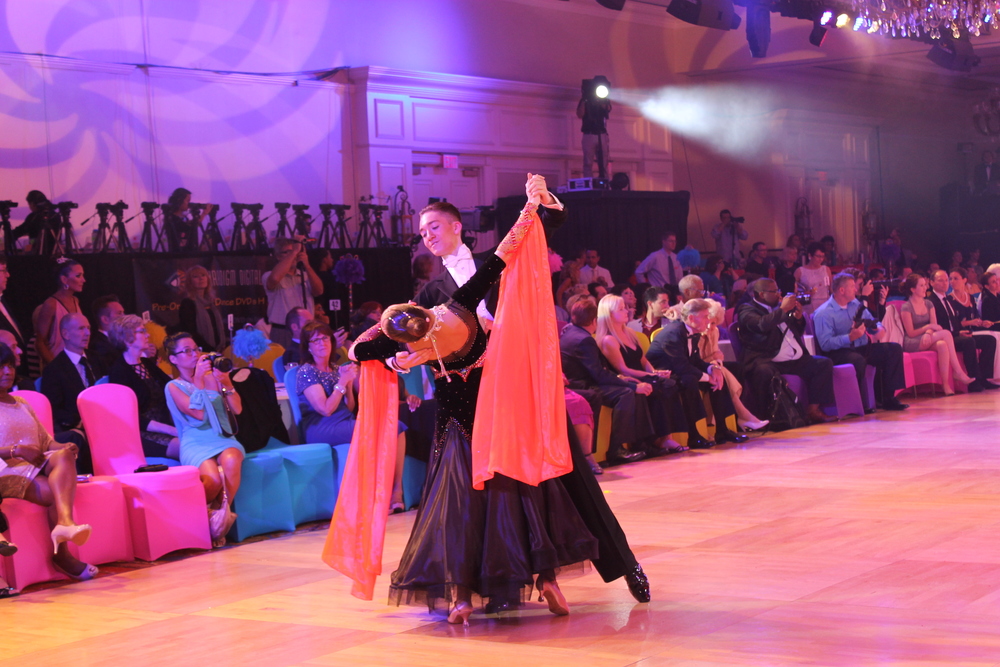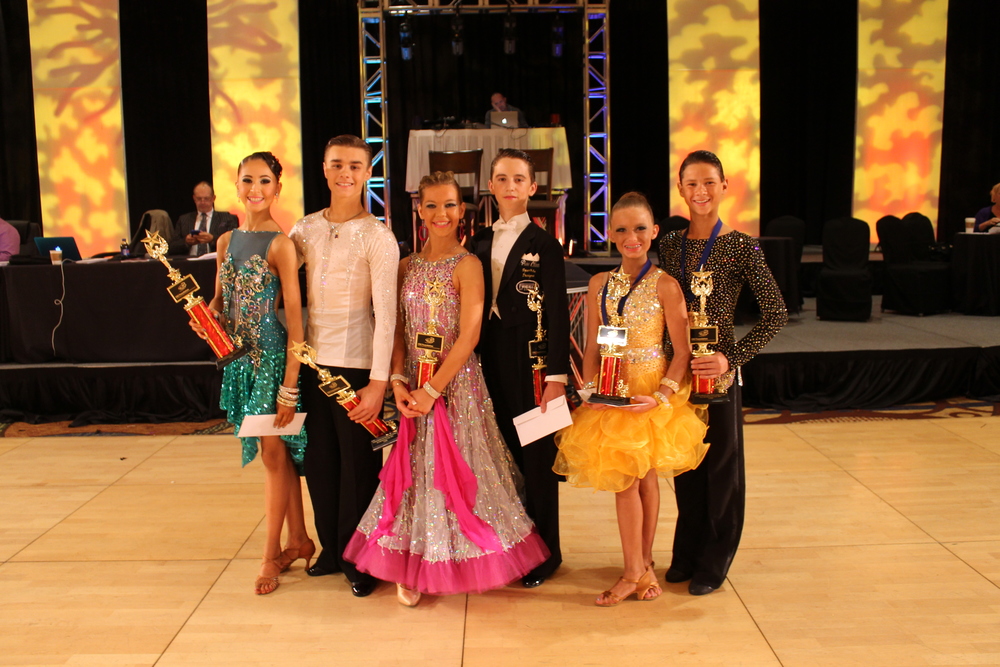CBZ Foundation: Giving Ballroom Dance to Kids
BY EMMALY WIEDERHOLT
The CBZ Foundation has a tragic beginning and a beautiful, empowering middle. It’s ending, of course, has yet to come, but as long as it continues to make ballroom dance available to kids, I personally hope the end is nowhere in sight. I spoke with Kym Zion to learn more about how and why the CBZ Foundation came to be.
~~
What was the genesis for the CBZ Foundation?
It’s a tragic story, and we’re hoping to make some good out of a horrible situation. The foundation is named for my son, Connor Bishop Zion. He was a competitive Latin and Ballroom dancer. He was killed two years ago in September 2013. After he died, we discovered his journals, where he wrote he wanted to do fundraising for youth dancers, those with disabilities and high-risk backgrounds, because dance was his passion and what centered him, and he knew how expensive it was as he grew older and how many people had helped and encouraged him. He wanted to give that to others.
After he died, we decided to create a foundation in his name and follow his roadmap. It’s his roadmap, not mine or anyone else’s. That’s how the foundation started. My son started dancing when he was eight years old and died when he was 21. He also struggled with nocturnal epilepsy, and in a stressful and misunderstood crisis he was tragically killed.
I couldn’t let his story end that way.
We started off by creating scholarships to assist with the costs of attending ballroom dance competitions. Most so far have been provided for junior dancers, ages 13-15, because it’s an age group that works hard and does a lot of training, but there’s not a lot of scholarship money to help them.
We’ve recently expanded to kids with disabilities. We started teaching at a school in Culver City, Los Angeles. It’s a private school that contracts out to the public school system, and all of the kids are high-risk and have some sort of disability, mostly intellectual. We’re offering partnership dance to the kids for free. It’s a pilot, but we formed it off a program called the Power of One and Dance Wellness in Seattle.
We also offer a dance program for people in wheelchairs of any age. So we’ve expanded from scholarships to working in the schools and with people in wheelchairs.
Do you have a background in dance?
No, I’m a stage mom. However, I know a lot about the dance industry. I was on the board of directors for USA Dance in Seattle, helped manage a studio, worked with the Dance Wellness program in the public schools and am currently on the board for USA Dance in the Los Angeles area. I do a lot within the dance industry.
For those who work with kids with disabilities, we have a few instructors who are certified in Autism Movement Therapy through Joanne Lara. It takes a certain amount of information to be able to work with these kids; some have little attention span. The age group ranges from five to 22, though of course they’re not all in the same class. A lot of these kids come from difficult backgrounds, so it’s not like we can just send anyone in to teach. You have to consider who can handle difficult situations. We are very fortunate to find volunteers who are a great fit in that regard.
What are some highlights you’ve experienced in the past two years since launching the CBZ Foundation?
Getting into the schools was a major highlight. Another happened last summer. The American Sports Network published an article about us. A third highlight was our first annual Dance for Life Ball last August. It was a wonderful event with almost 200 people. It gave us a lot of exposure. We’re going to be doing it again in August 2016. Another highlight happened on September 25, 2016; we were represented for wheelchair dancing at an event called Hot Ballroom Night. It was awesome because we raised $2,700 and received a lot of publicity. And yet another highlight, in 2014 we had two kids we helped sponsor– Rickie Tailor and Eric Linder – use part of their scholarship to go to Paris and win a world title.
We’re working on expanding to the East Coast through the New York Dance Festival. There’s been a lot of highlights to tell you the truth. We’ve done a lot in a very short amount of time, but then again, money is always an issue.
Which brings me to my next question: what are some of the biggest challenges the CBZ Foundation faces?
We are always looking for donations to fund our scholarships and programs. We’ve had great exposure; people call me all the time wanting a scholarship. But we’re always hurting for funds. Everything is volunteer.
We’re just getting into grant writing, which is difficult because to be eligible for a lot of grants, the non-profit needs to be at least three years old.
That would be the biggest challenge: fundraising.
How do you measure success, especially since the work is endless? When do you feel most successful?
Obviously I feel most successful when we can provide scholarships to the kids and see them benefit.
I received a letter a couple months ago from a young girl in San Francisco. She and her partner have been able to benefit from our scholarship funds. She’s 12, and wrote me a handwritten thank-you letter. That to me was successful – when you get a handwritten letter from a 12 year-old.
It’s nice to be recognized, but the real thing is the kids. Parents come thank me all the time. We help people do something they might otherwise not get to do. That makes me feel good.
What difference do you perceive the CBZ Foundation makes?
Time will tell. Our teacher who works with the disabled kids in the school was frustrated the first couple days; he felt like he was babysitting, and he wanted to be able to really teach them something. I told him that even if you only get through to a few kids, you’ve made a difference in someone’s life. I worked with one young girl with extreme disabilities to the point she couldn’t communicate, but when the music came on, I could see in her eyes she was doing something that made her feel good.
And when you can get the able-bodied kids to work with disable-bodied kids, it’s amazing, and I think it changes all of their lives. It’s not always about teaching them to dance; it’s about teaching them life skills. Dance is just the tool. It’s about social skills, as simple as being able to look someone in the eye or introduce themselves. Those skills go a long way.
~~
To learn more, visit CBZfoundation.org.




